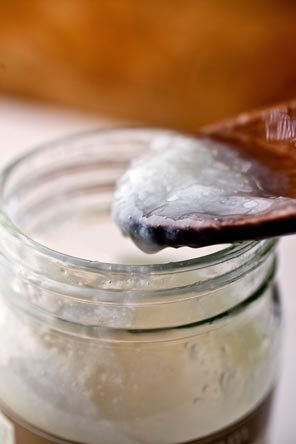 As if it was a midsummer's night dream, a 5 course dinner paired with Macedonian wine just came and gone for Brown Rice Meets the Pearl's second food and wine pairing night. For the guests, it was an eventful night where the menu reflected on a lighter, less heavy aspect of the season combined with a Macedonian wine presentation from the wine maker along with a nutrition talk from me as a Registered Dietitian.
As if it was a midsummer's night dream, a 5 course dinner paired with Macedonian wine just came and gone for Brown Rice Meets the Pearl's second food and wine pairing night. For the guests, it was an eventful night where the menu reflected on a lighter, less heavy aspect of the season combined with a Macedonian wine presentation from the wine maker along with a nutrition talk from me as a Registered Dietitian. 
I have, once again, based my menu creation on the "My Plate" dietary guidelines of the US Department of Agriculture with some aspects of the Mediterranean Diet Pyramid, hence, the wine. I've always supported a lifestyle of eating and drinking in moderation combined with physical activity to achieve a good quality of life filled with joy and laughter.
A big thank you to the 20 special guests who were able to reserve themselves a seat, it was a great turn out with good company and 6 opened bottles of Macedonian wine from Vinci Pacific. I am sure everyone left with a satisfied palate and enjoyed the atmosphere of Rachel's Kitchen, an innovative lifestyle studio and also is where I currently assist in all the teaching components of the classes that occur in this space.
 The evening began with an amuse bouche of a cold gazpacho soup with a tangy shrimp salad of avocado, and a trio of brightly coloured bell peppers. The soup was made with summer tomatoes, cucumbers and red peppers. It was a refreshing start to invigorate one's appetite.
The evening began with an amuse bouche of a cold gazpacho soup with a tangy shrimp salad of avocado, and a trio of brightly coloured bell peppers. The soup was made with summer tomatoes, cucumbers and red peppers. It was a refreshing start to invigorate one's appetite. I presented a beetroot salad for the appetizer. In my opinion, I believe beetroot to be one of the best root vegetables from its array of antioxidants, colour, flavour, sweetness and fibre content. The ability for it to be paired with so many fruits and vegetables places this red gem at the acme of my vegetable pedestal for its multifaceted properties. This salad was comprised of beet purée, roasted beets, feta cheese, Gala apples and a vinaigrette made from apples, shallots, apple vinegar and olive oil. The beetroot easily accepted the sour apple vinaigrette and the feta cheese balances out the sweet and sour properties of this salad. I do very much consider this a highlight for the night. I enjoyed preparing and plating this dish as much as my guests enjoyed ingesting it.
As a mid-course, I offered a 7 mixed grain Macedonian Chardonnay mushroom risotto, which fulfilled approximately 1/2 of one's recommended daily dietary fibre intake. The duo of mushrooms were dried Porcinis incorporated into the risotto and topped with sautéed fresh Hon Shimejis from the market. A dollop of porcini foam finished the dish off. I also happened to be a good sport and went around to shave fresh Parmigiano Reggiano onto my guests' plates upon request.

The guests had a choice between fish and chicken for their main course and I had so much fun preparing these dishes mainly because of its colours. Rachel's Kitchen was equipped with all the gadgets a chef needed to prepare a sous vide chicken breast to perfection. This juicy piece of poultry was adorned with carrot puree, roasted summer yellow and green zucchinis and a drizzle of black truffle sauce. I also managed to find time to dehydrate vegetables for garnish.
 The baked catfish was complimented with purple sweet potato purée and roasted summer baby carrots. A nutless pesto was created from basil, cilantro, parsley, lemon juice, garlic and olive oil for the sauce. The green herbs accentuated the purple and orange of the supporting root vegetables.
The baked catfish was complimented with purple sweet potato purée and roasted summer baby carrots. A nutless pesto was created from basil, cilantro, parsley, lemon juice, garlic and olive oil for the sauce. The green herbs accentuated the purple and orange of the supporting root vegetables. 
As for dessert, I cannot help but utilize red wine to create a mixed berry sorbet, which sailed along a ramekin of dark chocolate soufflé garnished with candied orange peel and balsamic reduction with mint leaf. A "V" shaped vanilla tuile was attempted to pay tribute to Vinci Pacific for their masterful choice of wines for my dishes.
I cannot be happier to have met very nice people and enjoyed wonderful Macedonian wine. Thank you for those who helped organize, plate and clean: Kristijian, Ivy, Cecilia, Bill and Rachel. Also gratitude to Dalal and Judy for spreading the word. Please stay tuned for a next event organized by Brown Rice Meets the Pearl!













